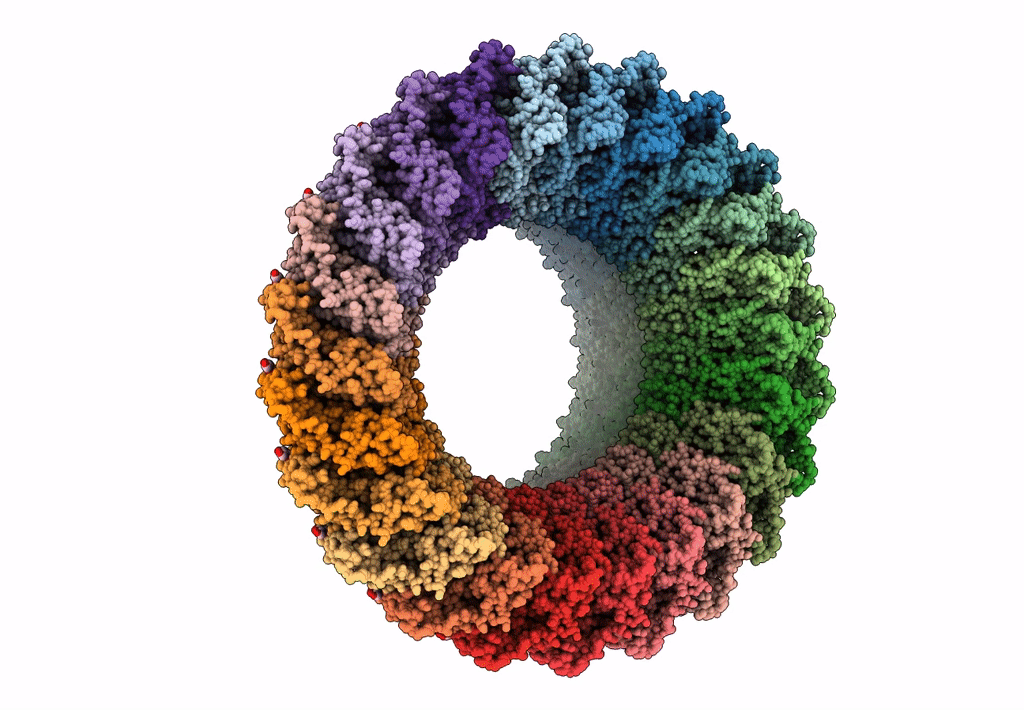
Deposition Date
2018-06-03
Release Date
2018-09-12
Last Version Date
2024-10-23
Method Details:
Experimental Method:
Resolution:
3.90 Å
Aggregation State:
PARTICLE
Reconstruction Method:
SINGLE PARTICLE


